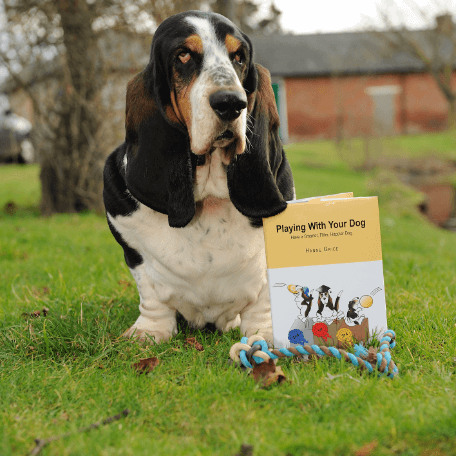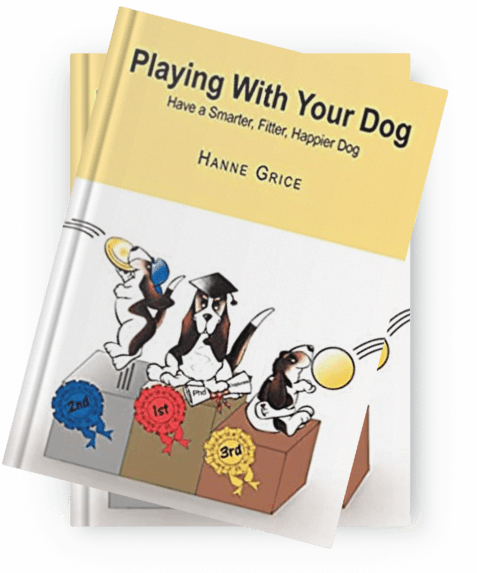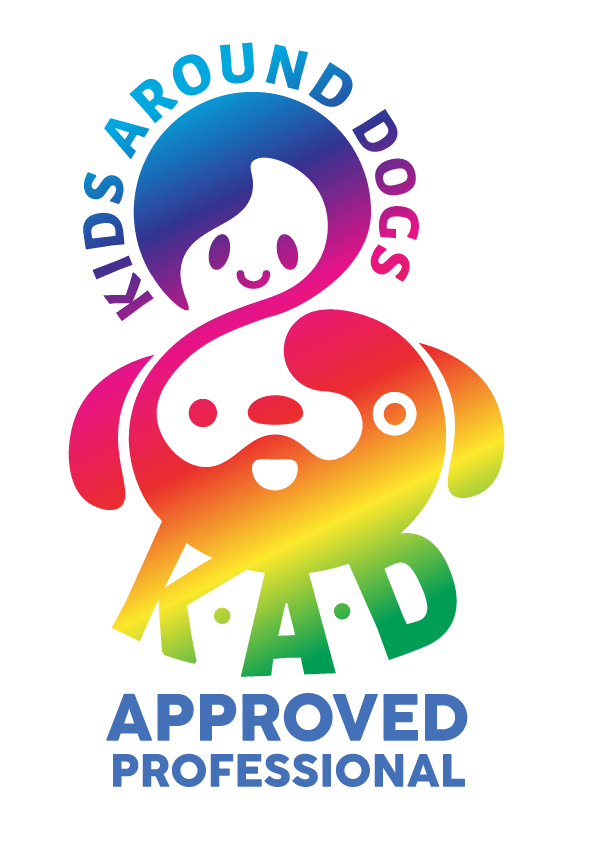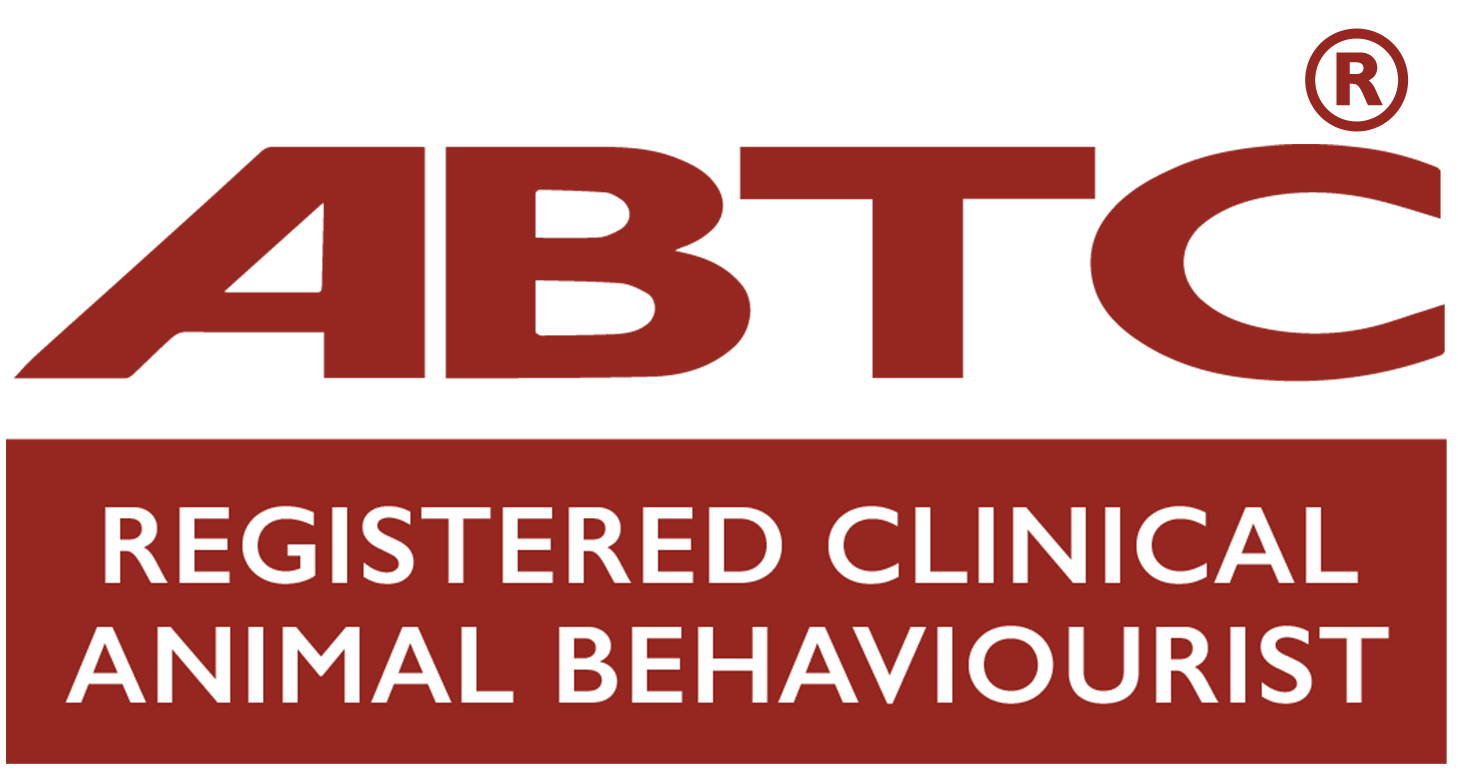The debate about when dogs were domesticated has raged for years with commentators suggesting anywhere between 10,000 to 30,000+ years ago. Nevertheless, fossils tell us very little about how dogs interacted with humans. Now, new depictions of man’s best friend have been discovered in Saudi Arabia and are shedding new light on the human-dog relationship.
Discussed by Guagnin et al. (2017) in the latest Journal of Anthropological Archaeology, some 1,400 rock paintings featuring over 7,000 humans and animals were found carved into rock in the regions of Shuwaymis and Jubbah. These are considered to be the earliest ever artwork of dogs, dated at least 8,000 years.
Some of the images depict humans hunting with dogs with lines carved connecting the dogs to the hunters; scientists suggest this could be the earliest evidence of dogs being on leads, illustrating how they were controlled, or could be a metaphor for the human-dog bond.
The paintings also show dogs helping in the hunt – killing an ibex, biting the necks of gazelles, as well as surrounding a wild horse. Hunting strategies are also depicted from large packs of dogs shown to be driving game into narrow areas to other packs ambushing prey at watering holes with their handlers holding spears and bows.
Furthermore, the paintings show differences in dog coats, colourations and body postures, suggesting the artists were highlighting the contrast in the dog population at that time, as well as dog behaviour. The researchers state that further research will continue, including the search for fossil remains of dogs within these two regions.
References
Guagnin, M., Perri, A.R., and Petraglia, M.D. (2017) ‘Pre-Neolithic evidence for dog-assisted hunting strategies in Arabia.’ Journal of Anthropological Archaeology [online] Available at: http://www.sciencedirect.com/science/article/pii/S0278416517301174 [Accessed 18 November 2017]
Learn more about our classes

Get Hanne's Book
Playing With Your Dog will help any dog owner work out the games that are best suited for their pet to play throughout his life, from puppyhood to old age. The book also shares some tricks for all ages, group activities, and recommended toys that dogs will enjoy.

























